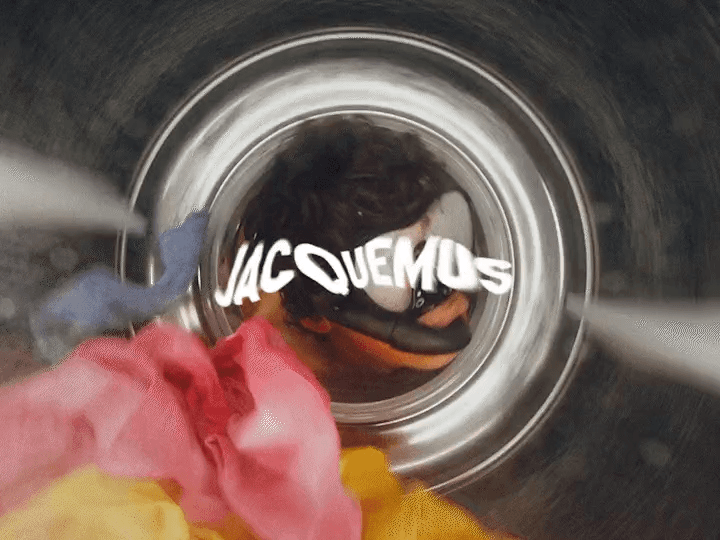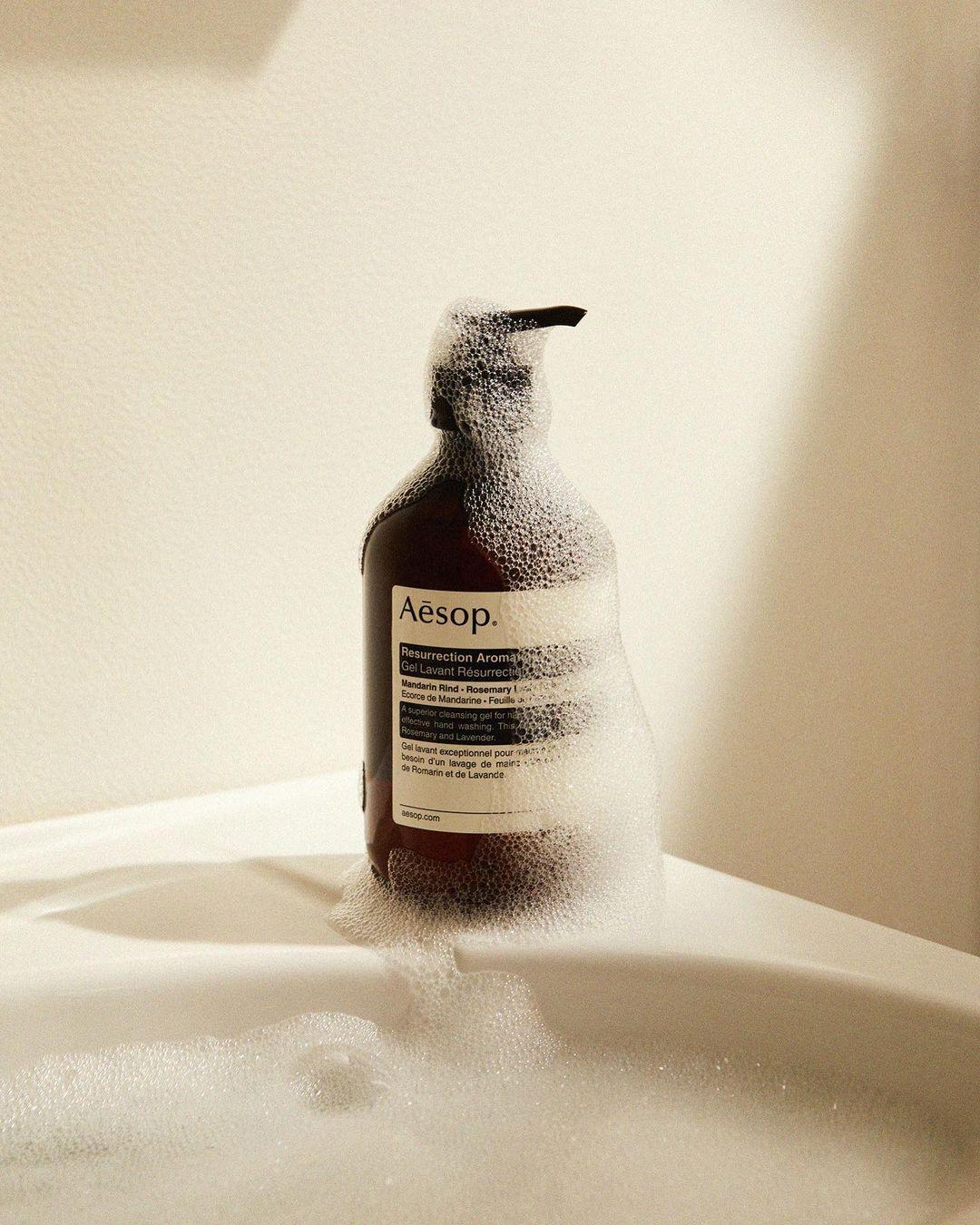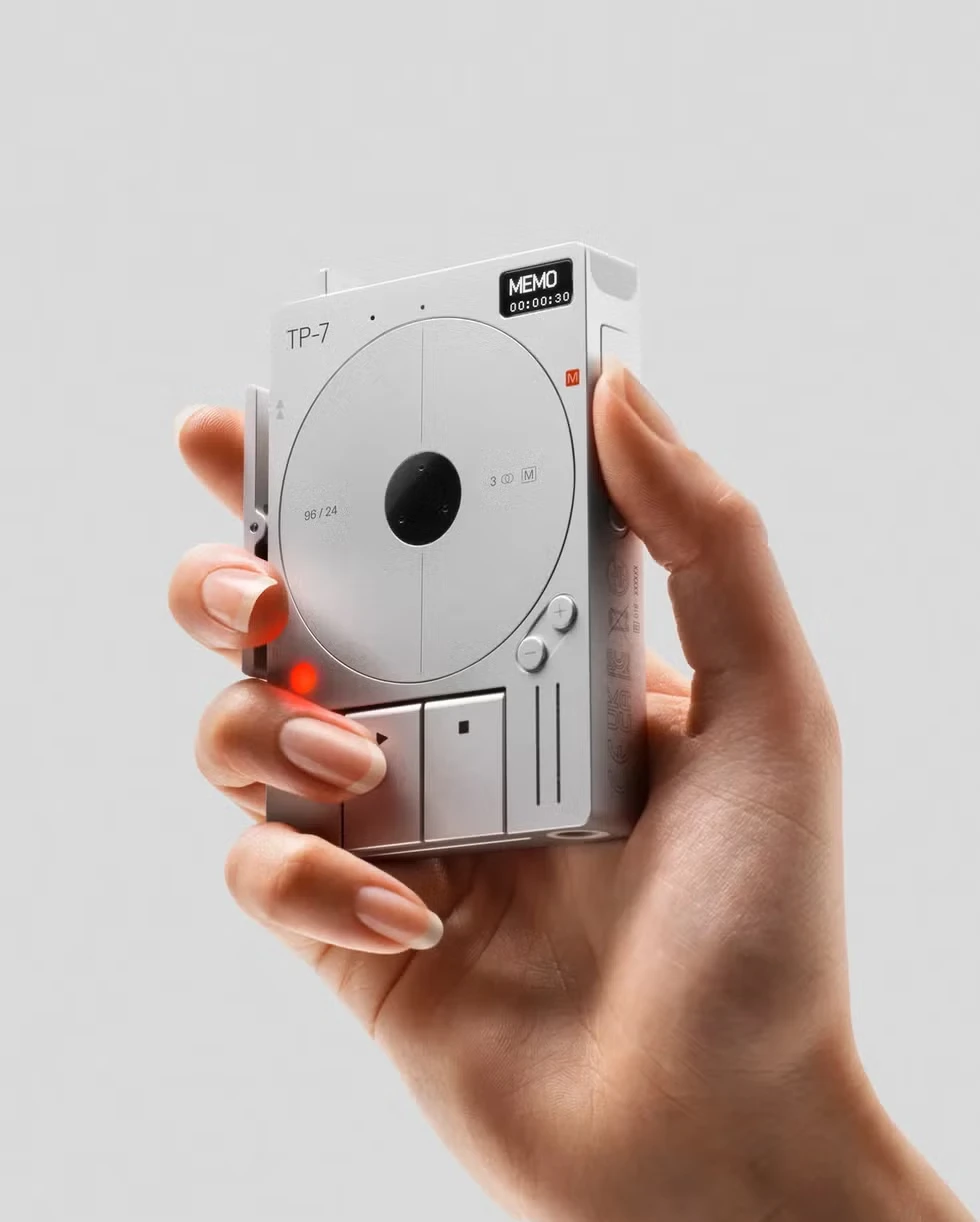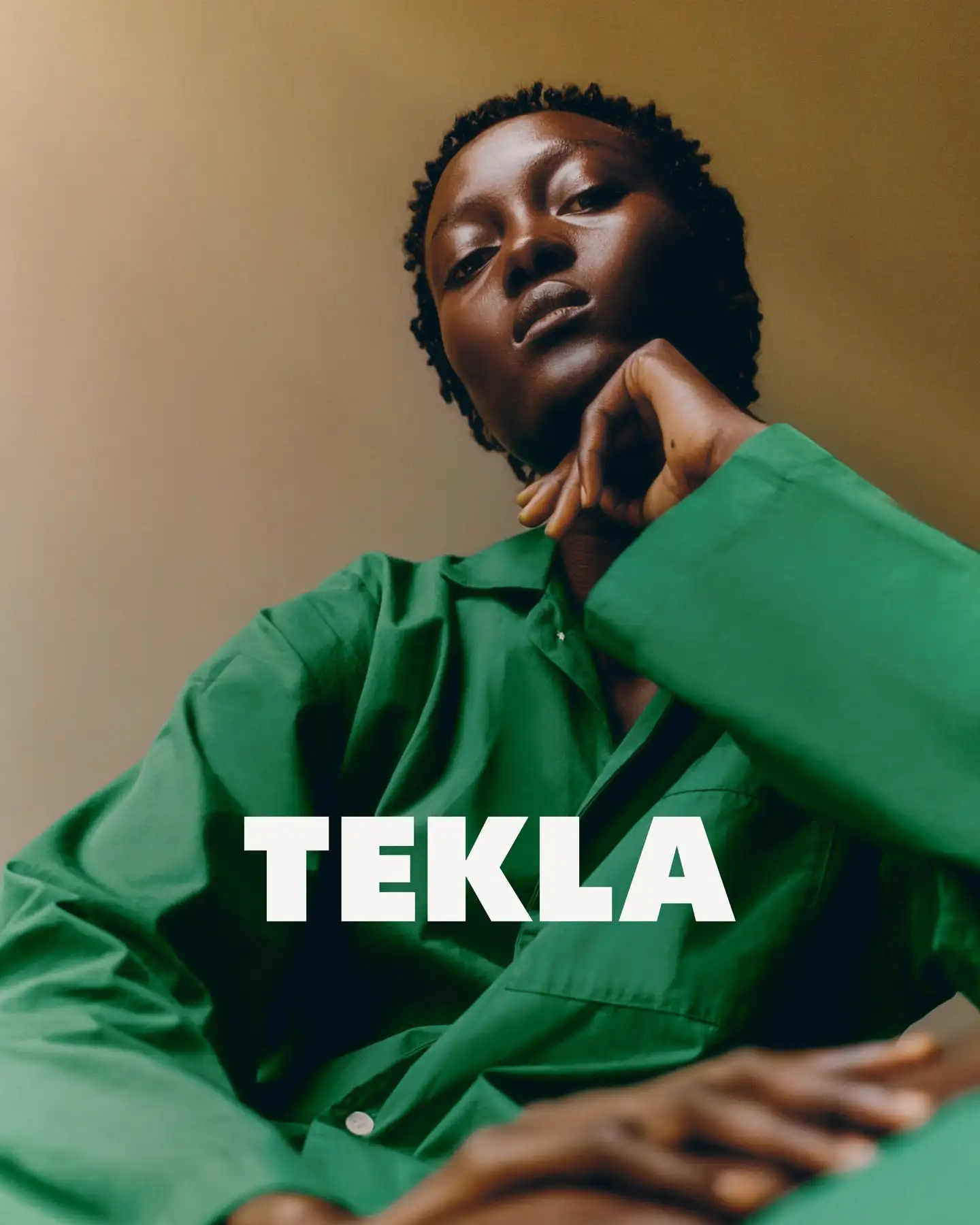Marketing
Jacquemus: A Masterclass in Modern Fashion’s Visual Storytelling

24.11.24
/
7 min.
by
Amir Hamidi
Share Article
Jacquemus: An Example of Modern Fashion’s Visual Language
Jacquemus has mastered the art of merging fashion and storytelling, creating a marketing strategy that goes beyond traditional advertising. The brand seamlessly blends beautiful imagery, carefully curated events, and social media creativity to craft a distinct identity. Whether it’s through striking visuals or unforgettable fashion shows, Jacquemus has proven that a powerful aesthetic can shape a brand’s success.
Social Media Brilliance
In today’s digital world, social media is a brand’s most powerful tool. Jacquemus uses Instagram not just to showcase products but to create a narrative. The brand’s feed feels like an art gallery—a consistent flow of dreamlike, minimalistic imagery that reflects the Jacquemus ethos. Posts vary from surreal compositions to unexpected placements of their branding, offering a fresh take on how products can be visually presented in the real world.
This is where Jacquemus excels—creating eye-catching content that doesn’t simply follow trends but sets them. The brand’s ability to take familiar elements and transform them into striking compositions makes its social media stand out. Whether it’s a zoomed-in shot of an accessory or a scene with the Jacquemus logo in a washing machine, the posts feel innovative and visually arresting. The content is more than just promotional—it’s a visually curated experience.
Visual Storytelling and Events
Jacquemus is known for its visually captivating fashion shows and events. These aren’t just typical runway shows—they are immersive experiences designed to transport the audience. From walking models through fields of lavender in Provence to a serene, sandy beachside runway, Jacquemus turns fashion shows into larger-than-life spectacles, where the setting is as significant as the clothing.
These locations elevate the brand’s narrative, combining the natural world with minimalist fashion design. It’s a strategy that creates both visual and emotional impact, turning each collection into a story. The seamless integration of setting and fashion keeps the audience captivated and ensures that the shows leave a lasting impression long after they’re over. These moments are not just about the clothes; they are about crafting a world that viewers want to be part of.
Jacquemus also takes a unique approach by placing products and branding in unexpected locations. When promoting its oversized bags, the brand created installations featuring giant versions of these bags in surreal outdoor settings. These installations took the product beyond traditional advertising, turning it into something akin to public art—an image that gets shared widely across social media, making the product not just a purchase, but part of a cultural conversation.
Unexpected Branding in Aesthetic Spaces
One of Jacquemus’ strengths is its ability to place branding in unexpected yet aesthetically pleasing contexts. This goes beyond traditional marketing and becomes a way to disrupt the norm. Whether it’s their name burned onto a slice of toast or displayed in surreal reflections, these visuals grab attention not just because they feature the brand but because they are intriguing and visually compelling.
Jacquemus frequently plays with scale, perspective, and context in its marketing—challenging how branding is perceived. The goal is not just to showcase a product but to create an image that invites curiosity and engagement. These moments aren’t relatable or humorous in the traditional sense but are more about creating a visual experience that makes the audience pause and take notice. It’s about transforming everyday objects or scenes into something artful and unexpected.
Other Articles
More to read


